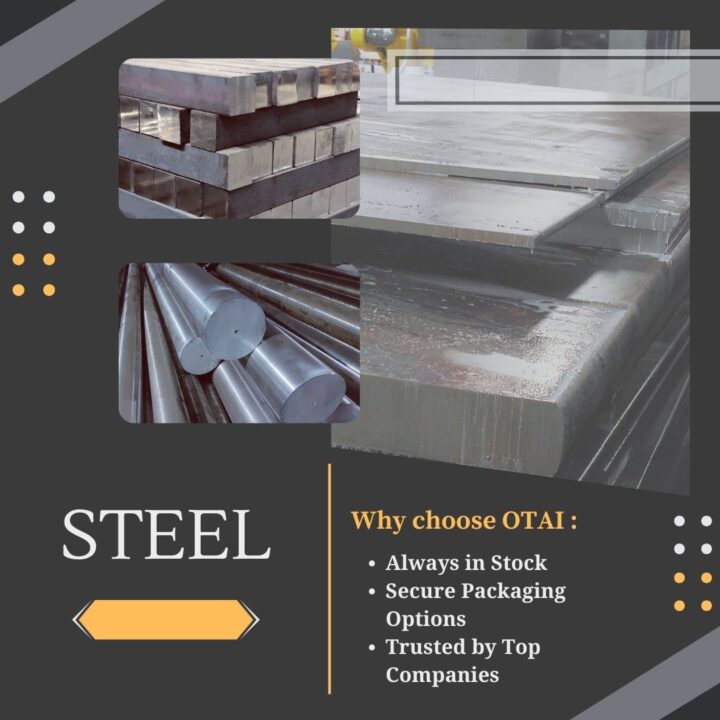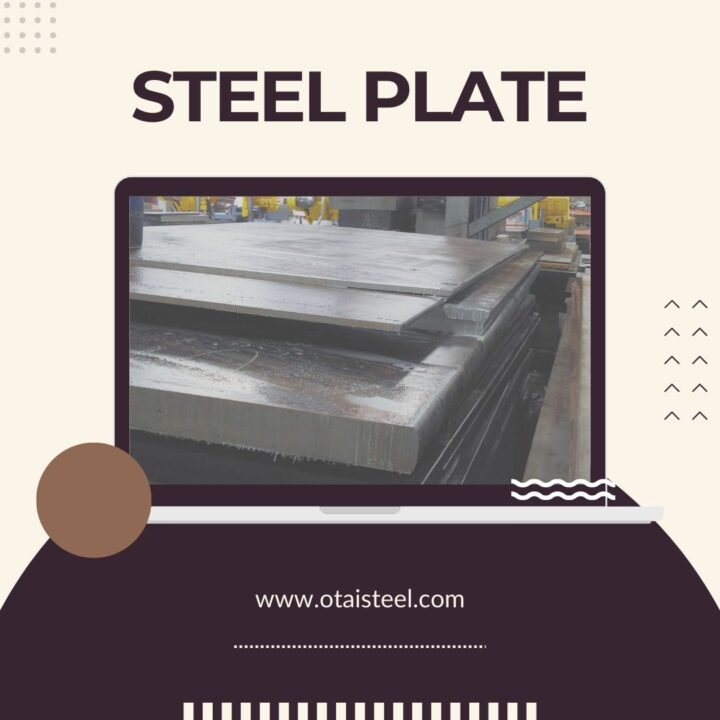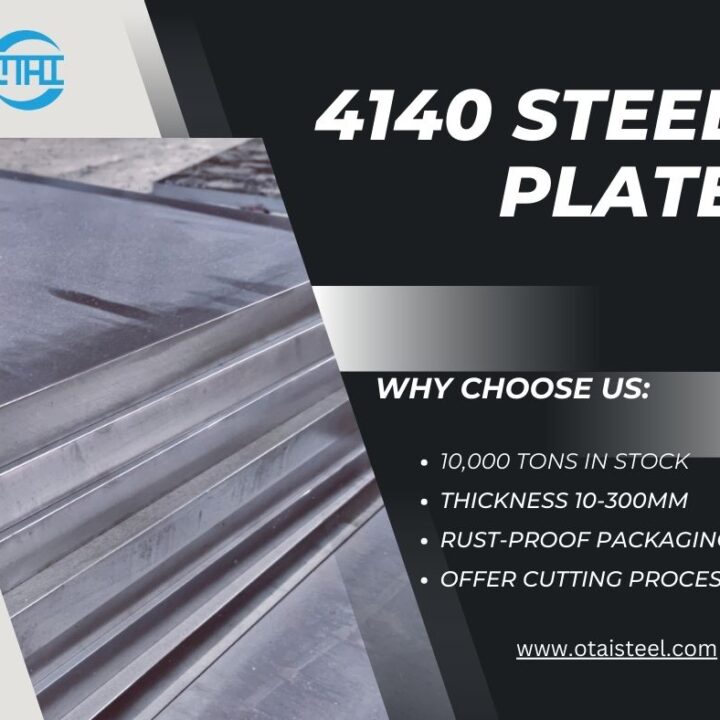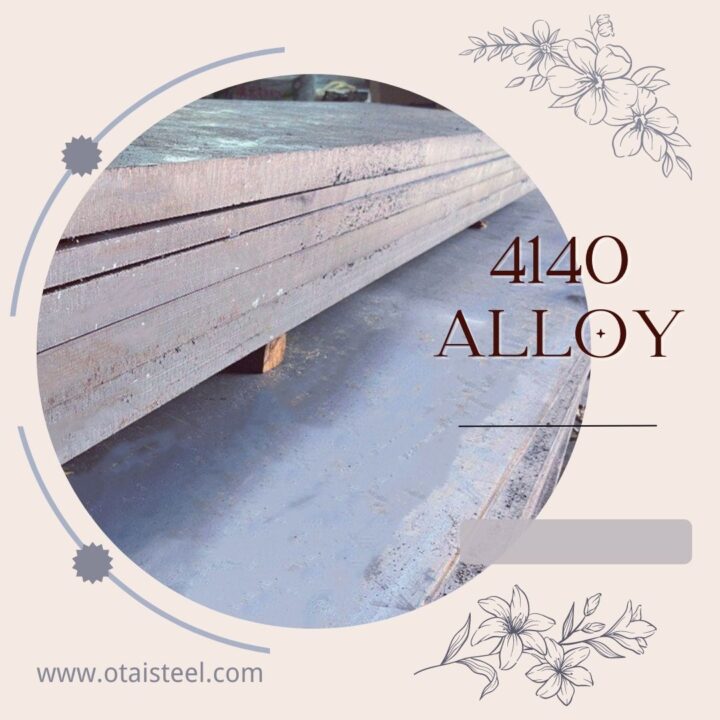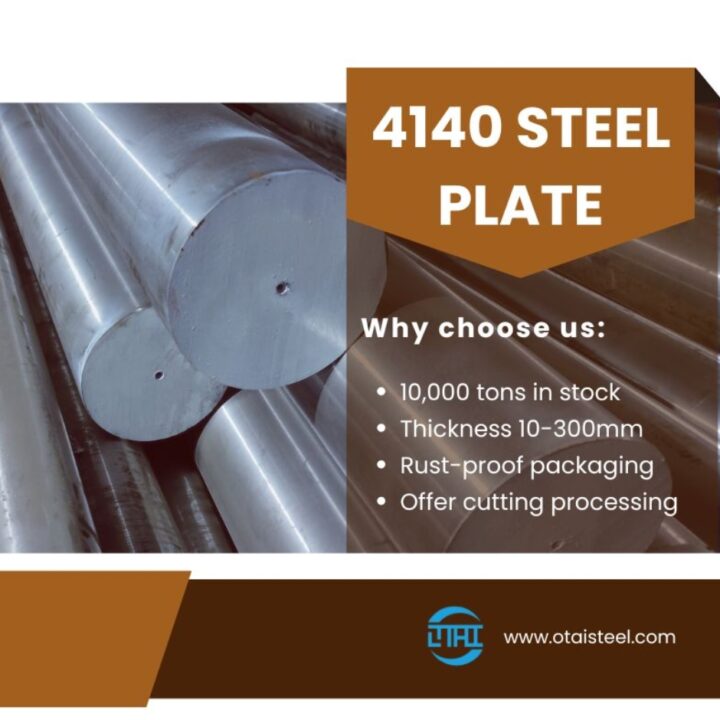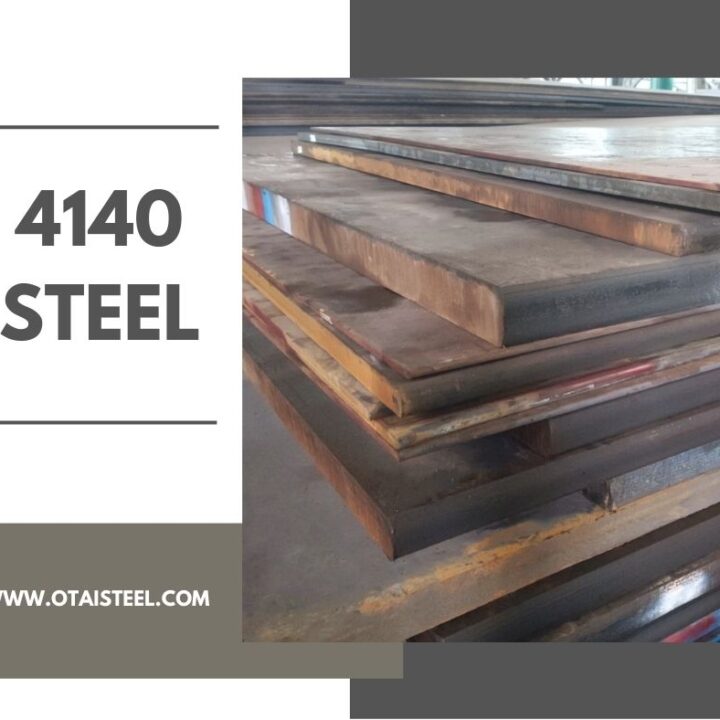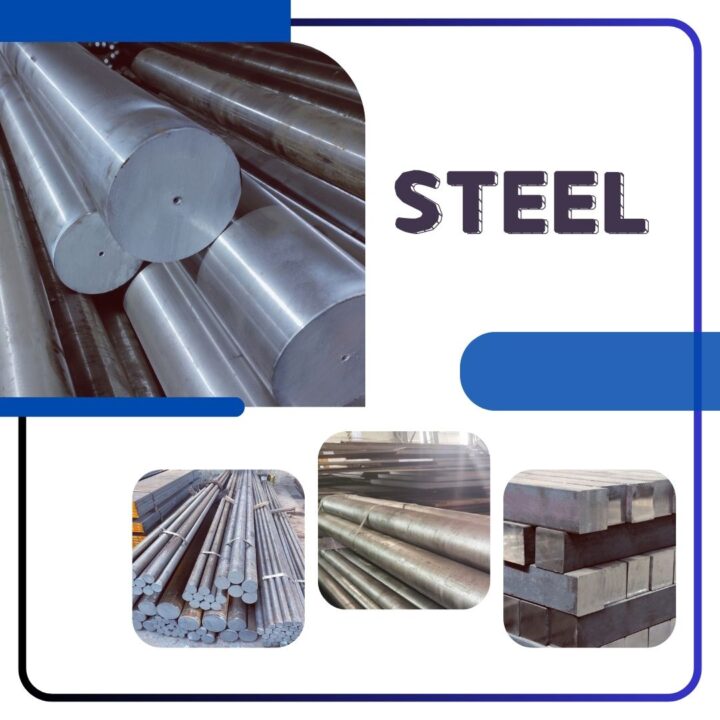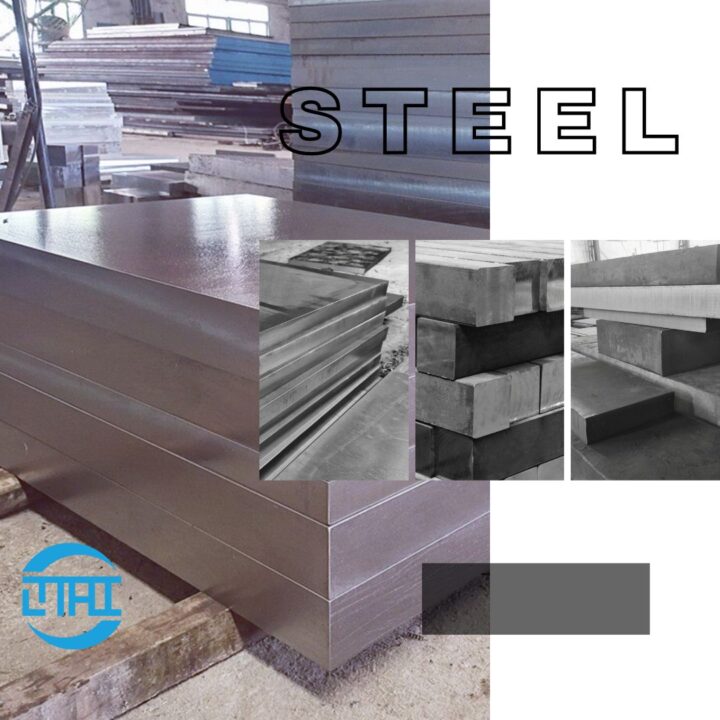The so-called non-quenched steel is a new kind of steel made by adding trace alloy elements such as V, Nb and Ti into medium carbon steel.In most cases the total amount of microalloys added is generally not more than 0.25% (0.25%).
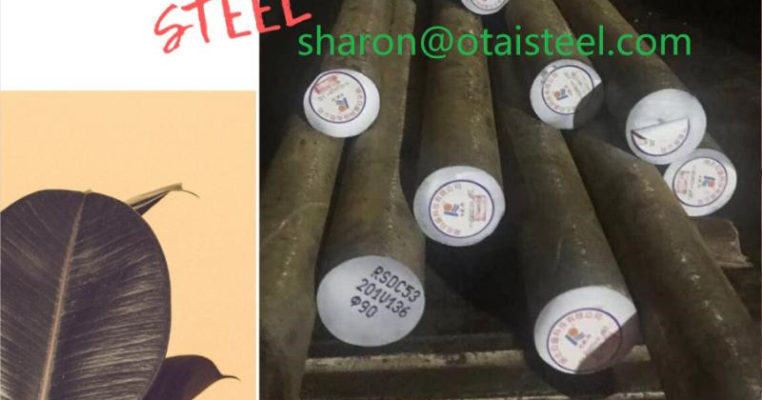
Non-quenched steel’s advantages
The world’s first non-quenched steel was introduced in 1970 by GERLACH, a German company, which produced crankshafts using CK45 steel instead of the quenched steel they had just developed.Because the use of non-tempered steel production forgings can save the tempering treatment (quenching + high temperature tempering) in the process of two heating and energy consumption, so it has the advantages of energy saving and environmental protection, known as green steel.
Cost of heat treatment
In 1973, the Middle East war broke out, the high oil price forced people.they pay more attention to energy conservation and consumption reduction. Under this background, the development and utilization of non-quenched steel.it’s set off a climax in the west.with each country successively introducing its own non-quenched steel.By 1984, from non-quenched steel,60% of Japan’s crankshafts, 50% of its connecting rods were forged.The germans say, using 49MnVS3 non-quenched steel.It can instead of quenched steel.Aichi.A Japanese company, says that using non-quenched steel can cut costs by 18%.
Strengthening mechanism
Forgings, whether made of tempered steel or non-tempered steel.It cannot be used without strengthening treatment after forging.Different steels have different strengthening mechanisms.The strengthening mechanism of quenched steel is: First through quenching.The steel is made into martensite, and then the martensite is made into tempered sostenite by tempering treatment.
Tempered sostenite is a stable structure with good comprehensive mechanical properties.
Rather than the reinforcement mechanism of quenched and tempered steel. first, in the heating process,non quenched and tempered steel V, Nb, Ti.Alloy elements in the form of alloy carbon compounds, before forging fully dissolve in the austenite. and then,in the process of cooling after forging.The carbon and nitrogen compounds from austenitic alloy precipitation.Forming numerous small, scattered alloy carbon compounds.At the same time, the fine ferrite steel can improve the strength and hardness of steel.
Ms Sharon Wan
Mobile/WhatsApp: 0086-13580960968
Tel: 0086-769-23190193
Fax: 0086-769-88705839
Email: Sharon@otaisteel.com
